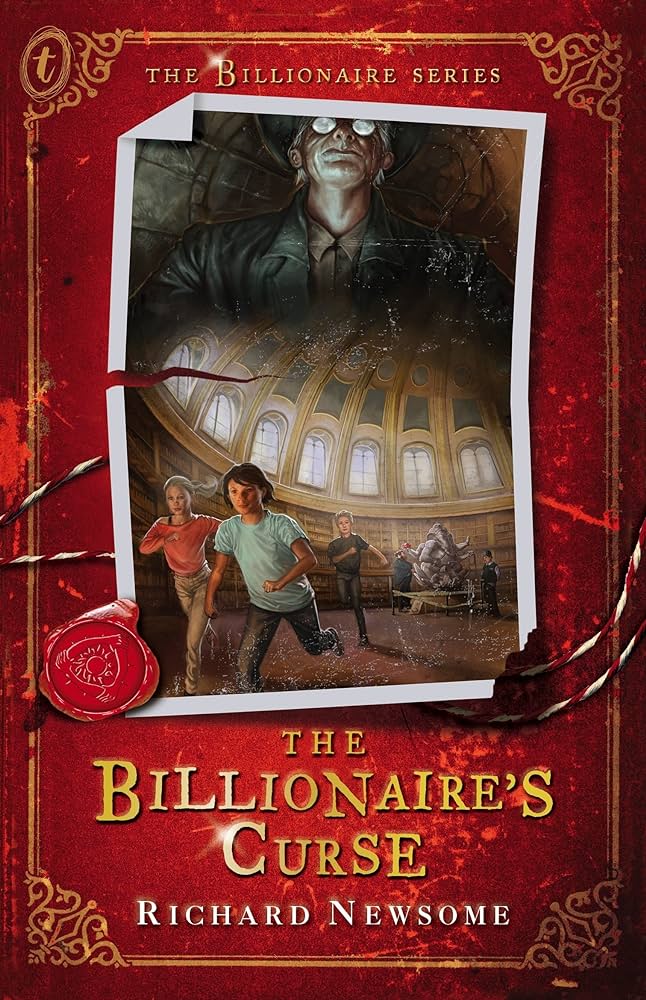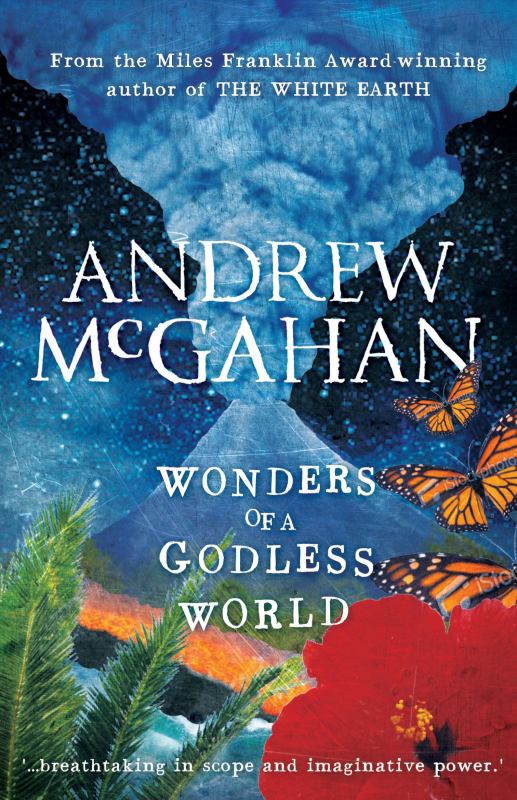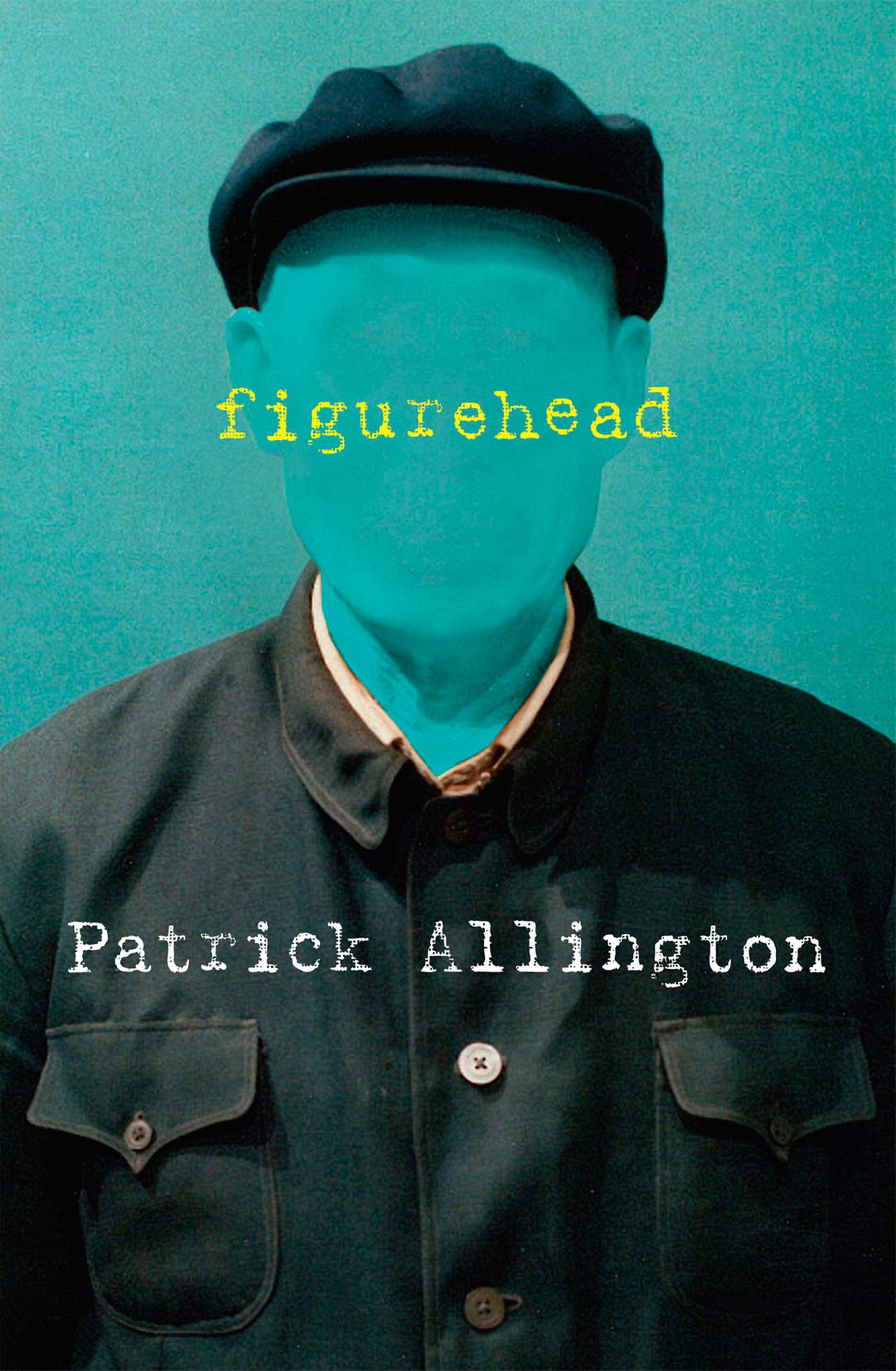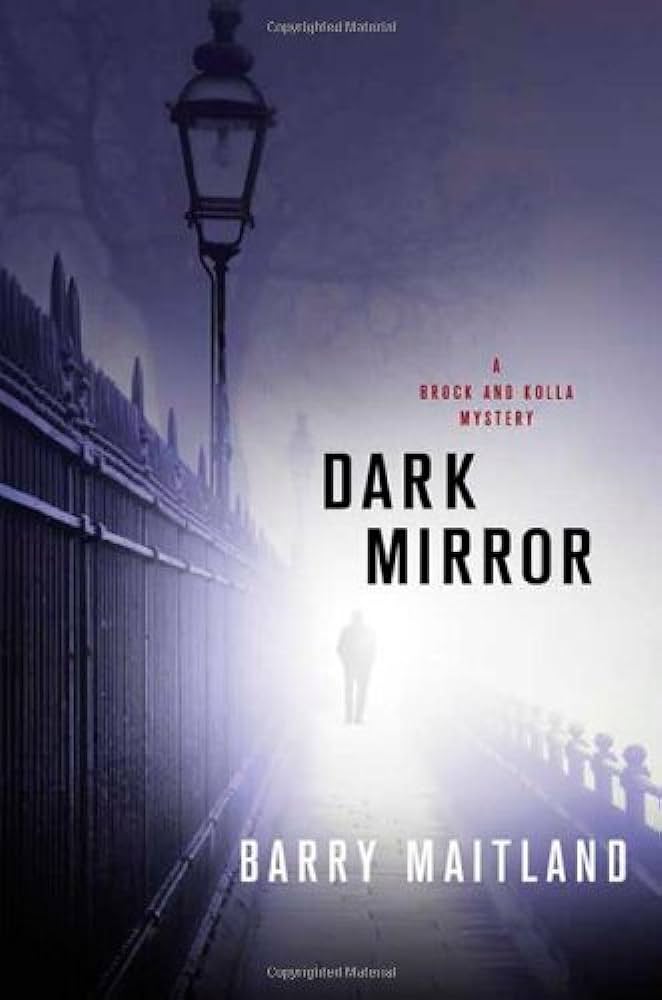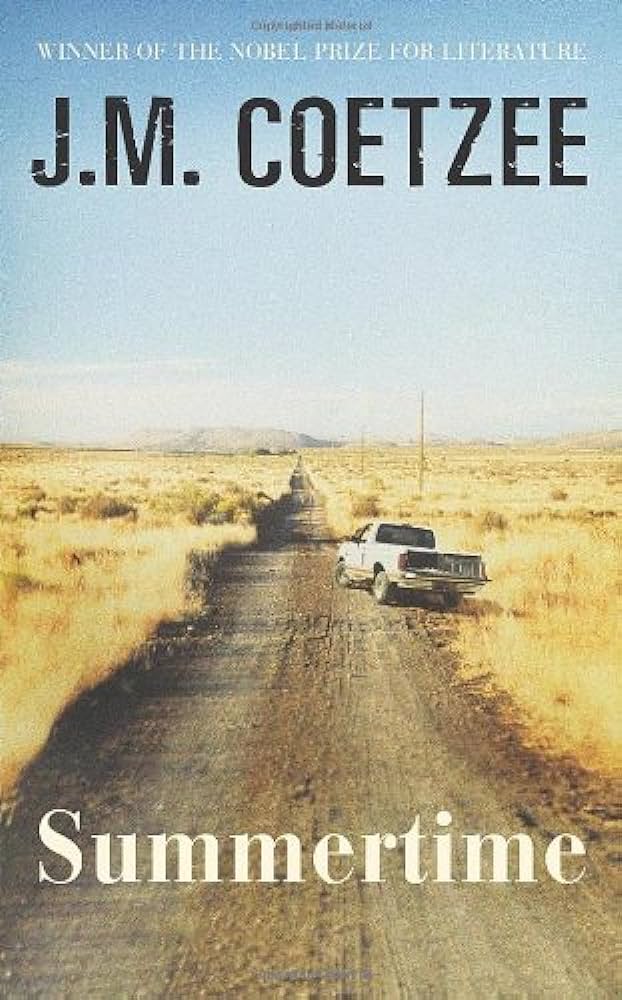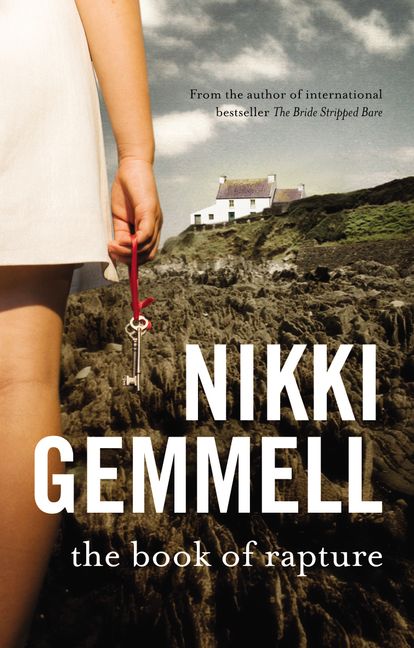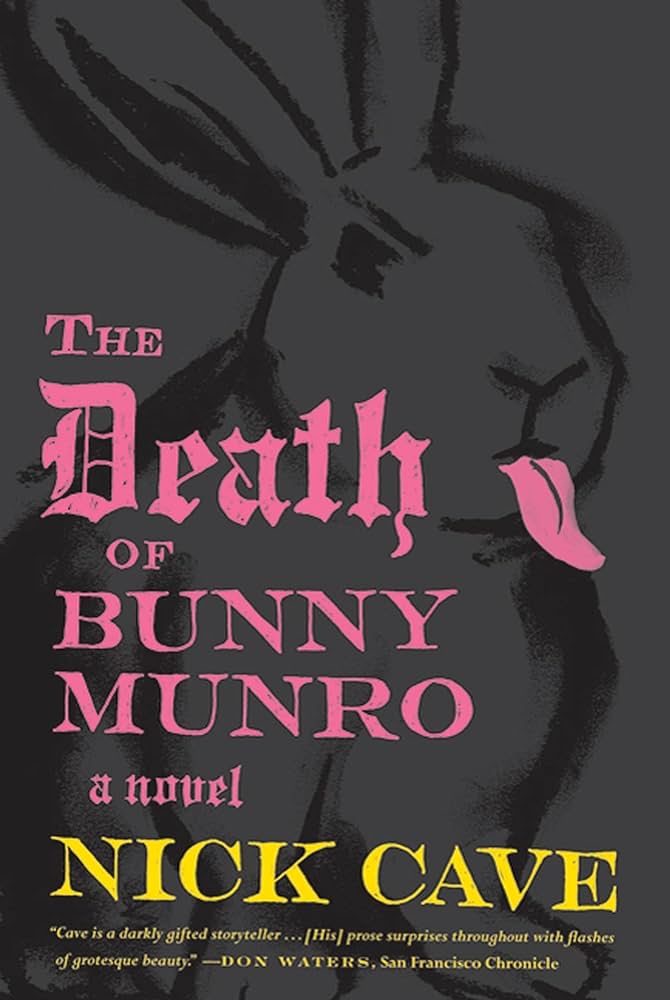Fiction
Gerald’s murdered great-aunt has left him her entire fortune of £20 billion, and an envelope full of clues. Instead of enjoying a trip to the snow in Australia, thirteen-year-old Gerald finds himself heading to London on a private jet with his parents to attend her funeral. Meanwhile, the world’s most valuable diamond has been stolen, rather comically, from the British Museum, and no one can figure out how. With the help of two new friends, Sam and Ruby, Gerald must solve this double whodunit.
... (read more)Every book implicitly asks its reader a question: What am I? Sometimes this is an easy question to answer, but at other times, as with Andrew McGahan’s new novel, one must reply, ‘I have no idea; I’ve never seen anything like you before.’
The setting of Wonders of a Godless World is an old hospital housing the mad. Somehow the old-fashioned notion of ‘madness’ suits this story; it’s the word McGahan uses most often to describe the patients, and there is more than a whiff about this isolated hospital of the medieval Narrenschiff – the Ship of Fools. The hospital is under a volcano on a tropical island with a harbour city. We are not told the names of any of these places, and, like everything and everyone else in this book, its heroine also has no name; rather, she is identified, as are all the other characters, by her defining characteristic, and is thus exclusively referred to as ‘the orphan’. Other key characters are identified by their roles in a mundanely realistic way: the police captain, the old doctor, the night nurse. Still others have labels more redolent of fairytale and myth: the duke, the witch, the archangel, the virgin. And then there is the mastermind and perhaps the villain of the piece: the foreigner. As far as archetypal characters and symbolic settings are concerned, this book contains an embarrassment of riches, and the fact that none of them is individually identified or named means that all kinds of significance can be projected onto them.
... (read more)What we might call ‘ordinary Australians’ produced a stream of novels about Asian countries in the 1970s and 1980s, but this is now a mere trickle. Some of the flow may have been dammed by the effect of market forces on publishers; some of it may have been diverted to Middle Eastern channels; some may have drained into the pools of Asia-enthusiasm that stagnated during the Howard years; and some may have dried up in the face of Asian diaspora fiction of the 1990s. Among the few Anglo-Saxon Australians who kept writing novels about Asia, several have turned to narratives set in a historical comfort zone, where they may still have a chance of competing with Asian Australians like Brian Castro, Teo Hsu-ming and Michelle de Kretser – although they too write of the past – or with Nam Le, Alice Pung and Aravind Adiga, who concentrate on the here and now.
... (read more)Barry Maitland’s Dark Mirror, the tenth instalment in his Brock and Kolla series, sees newly promoted DI Kathy Kolla on the trail of a poisoner. Despite numerous references to the Pre-Raphaelites, laudanum addiction and arsenic, Dark Mirror does not exude the gritty Victorian Gothic atmosphere its subject matter and central crime evoke. Instead, the reader is presented with a murder investigation often bogged down by the realities of police work. This sense of realism is countered by some remarkable coincidences; scenes that appear tangential end up having profound consequences.
... (read more)Summertime by J.M. Coetzee & The Cambridge Introduction to J.M. Coetzee by Dominic Head
Over the course of his long and distinguished career, J.M. Coetzee has written fiction in an array of modes and genres. His books include works of historical and epistolary fiction, realism, allegory and metafiction. He has written novels that have developed complex and evocative intertextual relationships with some of his most significant literary influences – Daniel Defoe, Fyodor Dostoevsky, Franz Kafka – and, in his recent writing, he has experimented with prose that is frankly discursive to the point of didacticism, using a fictional framework to problematise and interrogate statements that, given a different context, could be read as straightforward declarations of belief.
... (read more)One could be forgiven for thinking that after the succès de scandale of her previous novel, The Bride Stripped Bare (2005), Nikki Gemmell’s next novel would also address the permutations of sexual desire, particularly since the title of her latest novel is The Book of Rapture and the cover is a riot of fleshy red and purple. This time round, though, Gemmell is more interested in exploring religious, scientific and familial rapture. There is barely a skerrick of sex within the deckle-edged pages.
... (read more)Although Nick Cave’s second novel makes strong claim to the musician’s skills as a writer, in the end it is too morally opaque to succeed as a work of sustained fiction. There is an overwhelming didacticism to The Death of Bunny Munro that delights too much in its own surety to be persuasive, and leads to a disappointing suspicion that, despite Cave’s renown as a populist intellectual, there is little in the book to consider besides the sexual conscience of its titular protagonist. Bunny Munro is certainly entertaining, and his exploits memorable, if puerile, but the final authorial judgement of the character is predictable, and, worse, leaves little room for readers’ thoughts. Exactly what Munro’s version of family life undone by libidinous desire contributes – even when told with remarkable lyricism – remains moot in the novel.
... (read more)The People’s Train, a book that links Queensland to the Russian Revolution, comes with baggage. Not least, there is the mixed critical reaction Tom Keneally has endured over the decades. Perhaps most notably, he is forever to be hailed and damned as the author of Schindler’s Ark (1982). Keneally’s popularity seems double-edged: Simon Sebag Montefiore, a writer of books about Russia, breathlessly lauds The People’s Train as a ‘tremendous read and really exciting’, yet Keneally’s compulsive readability – surely cause for celebration – has somehow dented his reputation as a ‘serious’ writer.
... (read more)Cate Kennedy’s début collection, Dark Roots (2006), marked a change in publishers’ thinking about the commercial potential of short stories, and helped create the atmosphere in which Nam Le was signed up for his bestselling collection, The Boat (2008).
Kennedy was well known in literary circles before her book was published; she has won several of Australia’s leading short story competitions, including the Age Short Story competition twice. Dark Roots gained her a public following and cemented her status as one of Australia’s most accomplished writers, regardless of genre. The stories in Dark Roots are master classes in style and precision: a series of lives intimately sketched by way of carefully chosen, closely observed detail and elegant metaphors. Now readers will see how Kennedy manages the tightrope transition to the long form in her first novel, The World Beneath.
... (read more)Early in M.J. Hyland’s new novel, This Is How, Patrick Oxtoby joins his landlady, Bridget, in the lounge room. They watch a game show, and Patrick feigns interest in the contestants’ fortunes. It is an awkward scenario he wishes Bridget would talk more and he prattles on, making a faux pas. ‘You’re in a strange mood,’ Bridget says, eyes on the television. Bewildered, Patrick excuses himself. ‘You all want me to talk more,’ he silently complains, ‘and when I do this is what happens. I can’t keep up with life.’
... (read more)

